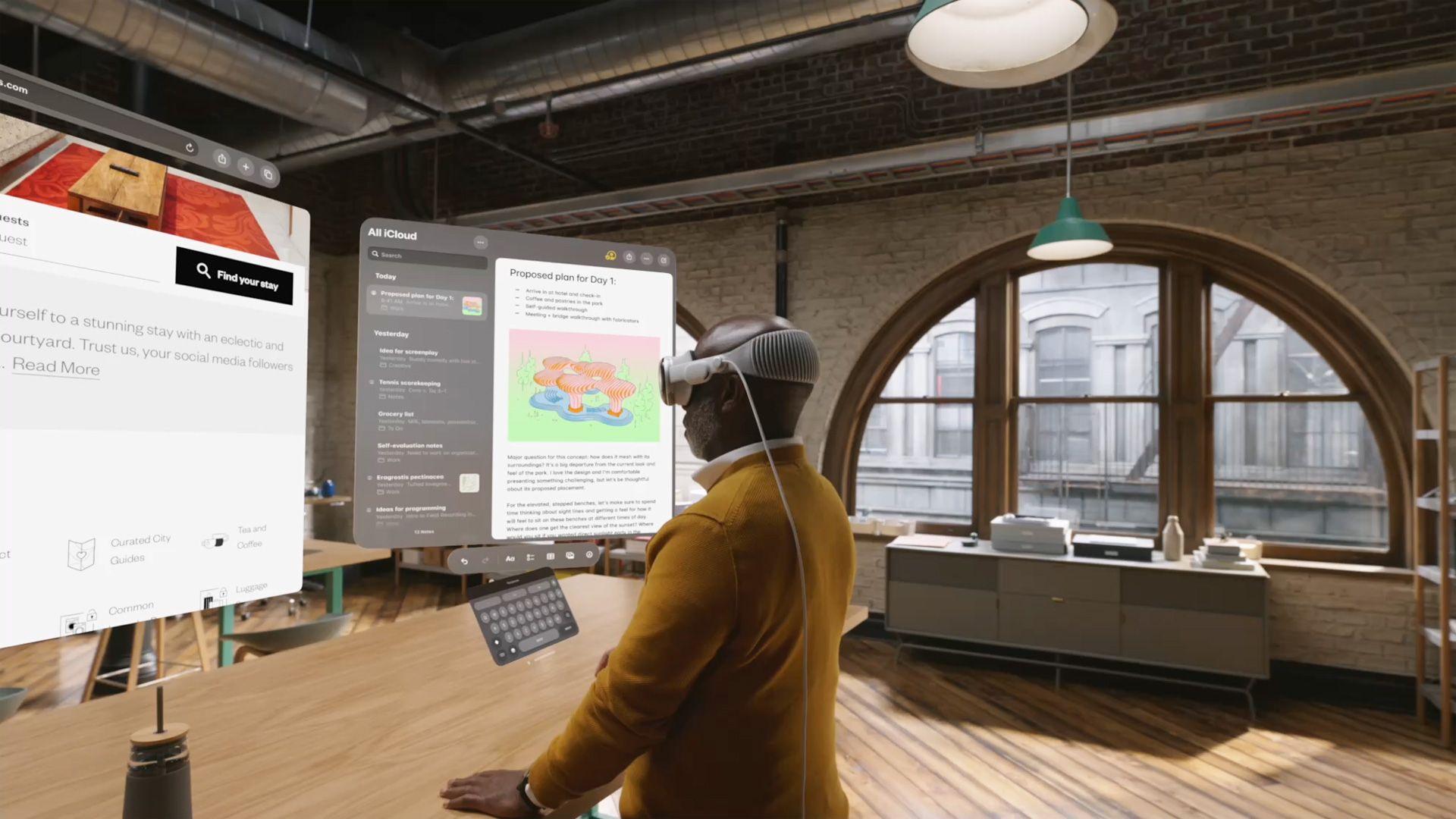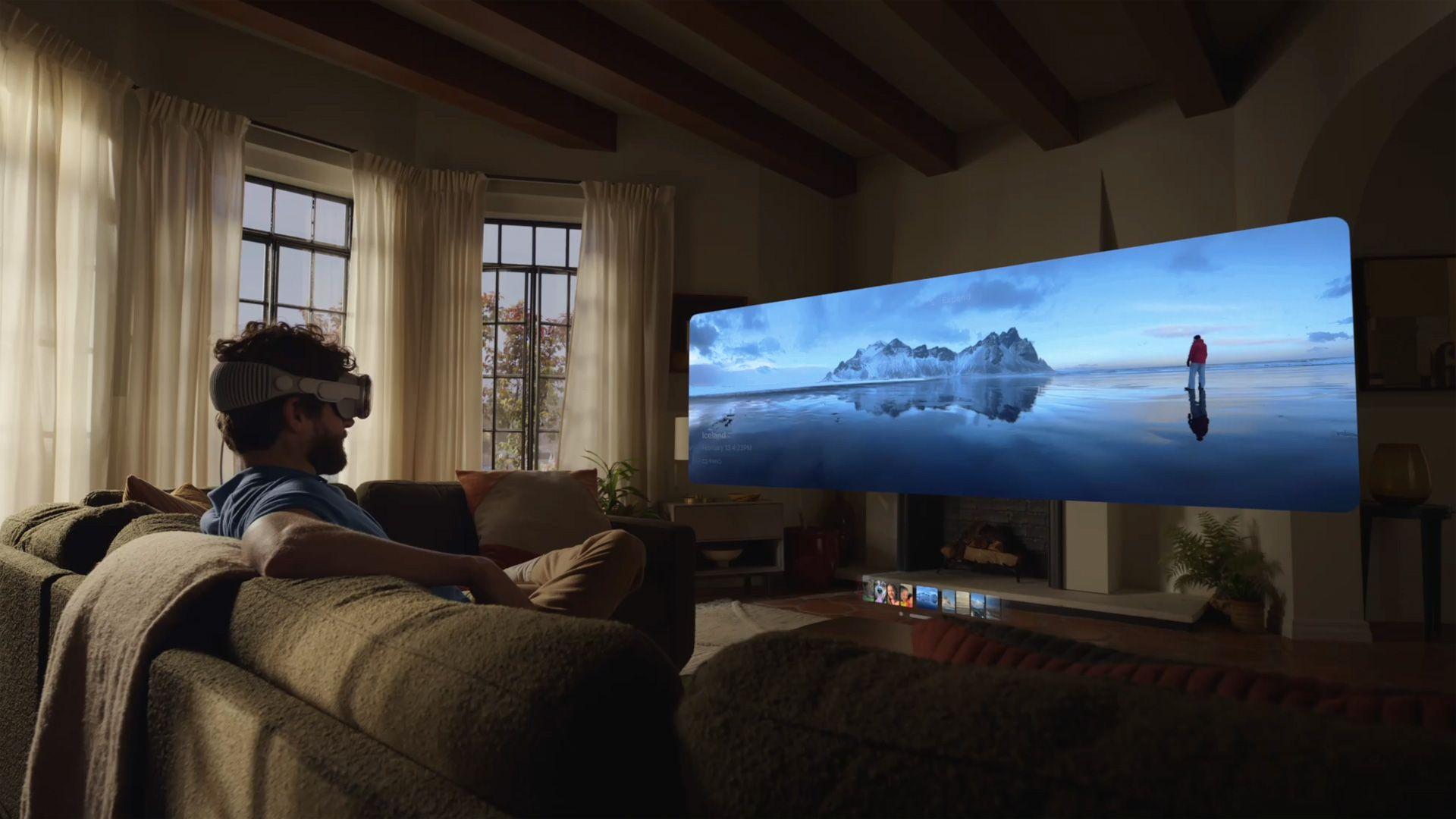Apple has delayed the release of a more affordable version of its Apple Vision headset, pushing the potential launch to beyond 2027, according to analyst Ming-Chi Kuo. The company had previously planned to bring a less expensive model to market in 2025, but it appears those ambitions have been put on hold.
The company has not provided a clear explanation for the delay, but it seems they are reconsidering the market’s readiness for a lower-priced headset. Apple is known for its meticulous approach to product quality and market timing, and this delay could reflect an effort to perfect the experience before offering a less expensive model.
As I understand it, production of the cheaper Vision Pro has been delayed beyond 2027 for a while now. This means Apple’s only new head-mounted display device in 2025 will be the Vision Pro with an upgraded M5 processor.
I think what really drove Apple to delay the cheaper…
— 郭明錤 (Ming-Chi Kuo) (@mingchikuo) November 3, 2024
Original plans for a cheaper Apple Vision headset
Earlier reports had suggested Apple was working on a cheaper Apple Vision headset, with a price point of around $2000, aiming to make spatial computing more accessible. The more affordable model was expected to feature cheaper materials, a lower-resolution display, and exclude the EyeSight feature—a visual element that lets others see the wearer’s eyes.
The EyeSight feature was initially introduced with the Vision Pro to create a more immersive experience by allowing those around the user to maintain a sense of connection. However, the cheaper version was set to do away with this costly feature to keep the price down. The plan was to offer a headset that would still deliver powerful augmented and virtual reality capabilities without some of the more premium features. However, those plans have shifted, and the timeline for making this technology available to more people has been extended.

Comparison to HomePod Mini and caution in market expansion
Kuo compared the delay to Apple’s earlier experience with the HomePod mini, explaining, “Even after launching the cheaper HomePod mini, Apple’s smart speakers failed to become mainstream products.” This comparison highlights Apple’s caution in launching lower-priced versions of its premium products. The HomePod mini was intended to bring smart speaker technology to a wider audience, but despite its lower price, it did not achieve widespread adoption.
Apple appears cautious about repeating this pattern with a $2000 headset, questioning whether the price reduction alone would attract enough buyers. The company seems to believe that simply lowering the price may not be enough to create the kind of market impact they are aiming for. Instead, Apple may be focusing on ensuring that the cheaper version, if it ever launches, offers compelling use cases that justify its existence beyond just being a cost-reduced alternative.
Best Vision Pro apps so far
Upcoming Vision Pro release in 2025 with upgraded M5 chip
While the cheaper version remains uncertain, Apple will still be releasing a new iteration of the Vision Pro in 2025. This version will include an upgraded M5 chip, but further hardware details are not yet clear. The new Vision Pro model is expected to enhance performance and potentially introduce new features that improve the overall user experience.
According to Mark Gurman, the cheaper headset could have featured the A18 Pro processor, a downgrade compared to the M2 chip in the current Vision Pro. This would have allowed Apple to cut costs while still delivering a capable device. Materials like plastic were expected to replace the aluminum and glass used in the premium version, making it a more affordable but less luxurious option. The Vision Pro with the M5 chip may also come with software enhancements that take advantage of the improved hardware, potentially positioning it as a significant step forward in Apple’s vision for spatial computing.

Vision Pro remains the premium offering in spatial computing
Apple’s Vision Pro debuted earlier this year at $3499, putting it out of reach for many consumers. The high price tag reflects the advanced technology and premium materials used in the device, including high-resolution displays, powerful processors, and the innovative EyeSight feature. With the cheaper model off the table for now, the Vision Pro remains Apple’s flagship spatial computing device, as the company focuses on refining its premium offering.
Apple seems committed to ensuring that the Vision Pro delivers a best-in-class experience, which may be why they are not rushing to release a less expensive version. The Vision Pro represents Apple’s vision for the future of computing, and by focusing on the high-end model, they can continue to innovate and set a high standard for what spatial computing can achieve. As Apple continues to iterate on the Vision Pro, it will be interesting to see how they address the challenges of making this technology more accessible without compromising on quality.
Summary of Apple’s Vision Pro strategy
To recap, Apple has delayed the release of the cheaper Apple Vision headset beyond 2027, opting to focus on improving the Vision Pro with an upgraded M5 chip in 2025. The delay suggests Apple is wary of repeating past experiences with lower-priced products like the HomePod mini, which failed to gain mainstream traction.
The company remains committed to delivering a premium spatial computing experience with the Vision Pro, while the possibility of a more affordable version remains uncertain. Apple’s strategy appears focused on ensuring that any new release—whether premium or budget—offers strong use cases and value to its users.
Image credits: Apple





